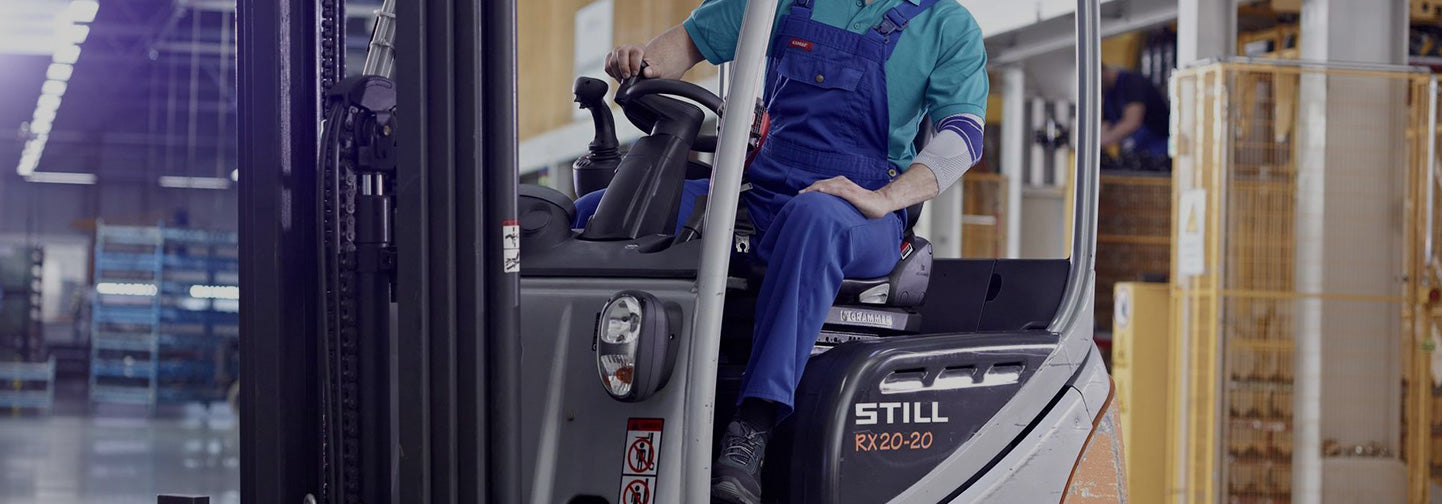Whether you're playing eighteen holes of golf, multiple games of tennis, or simply spending hours at the computer for work or play; the forearm muscles and tendons can become irritated. It is important to listen to your body and recognise when it needs some TLC! Find all the information you need to know about common elbow injuries and how to treat these overworked muscles.
The Most Common Elbow Injuries & Diseases
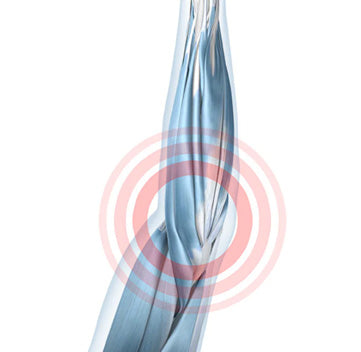
Tendon irritation can occur in many parts of the body, especially in your joints that are used often for day to day activities. In particular, the tendons in the elbow are often aggravated as they ...
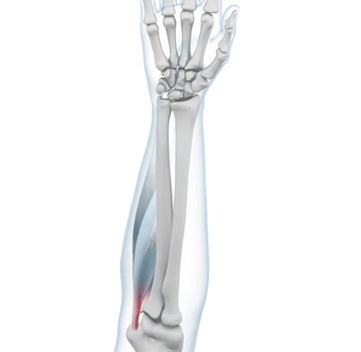
Golfers Elbow and Arm: Pain and Inflammation in the Elbow The elbow is an important part of the body that allows for complex movements like stretching and contracting the arm, lifting objects and ...
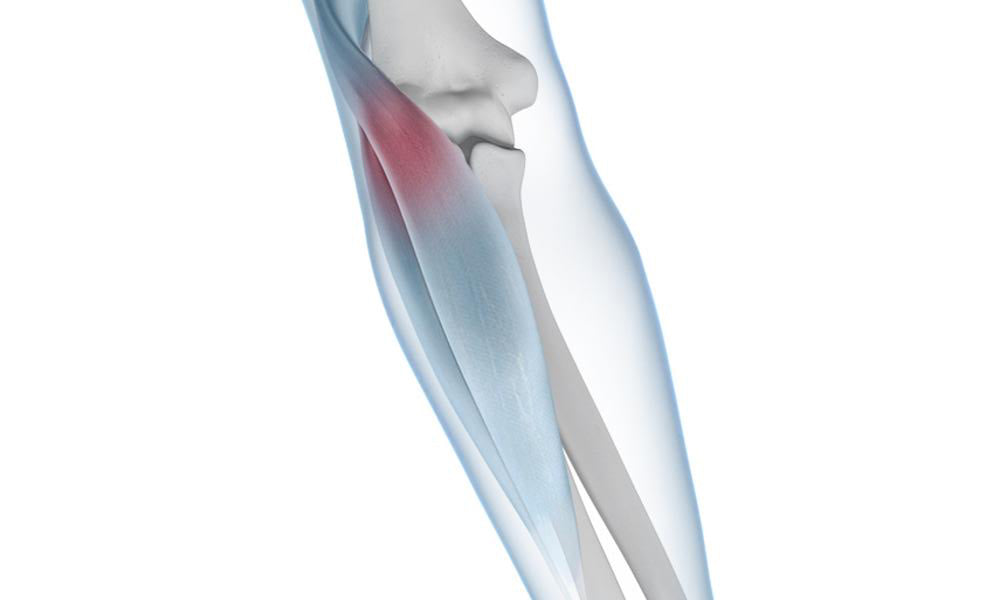
Tennis Elbow: Repeated Strain And Tear Of The Muscles & Tendons The elbow is an important part of the body that allows for complex movements like stretching and contracting the arm, lifting ob...
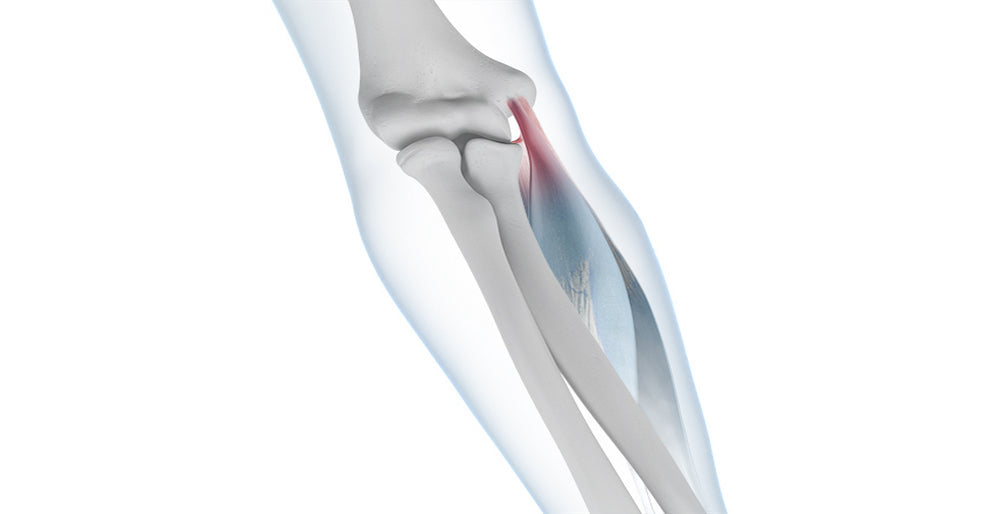
Golfer's Elbow: Medial Epicondylitis The elbow joint is a complex structure made of two bony thickenings called the epicondyles, and a complex network of muscles and tendons. Together these allow f...
Frequently Asked Questions / FAQS About Elbow
When Should I Use An Elbow Brace?
Your elbow is essential for most day to day tasks and is therefore one of the most heavily used joints in your body. Protecting the tendons in your elbow, helps to prevent painful and chronic injuries that can stop you from doing even the most basic tasks. Wearing a brace is recommended by physios, doctors, surgeons and other medical specialists to assist with both injury recovery, and injury prevention.
How Does An Elbow Brace Work?
There are two main aspects of an elbow brace. The first is compression, stabilising the muscles and relieving any inflammation. The second is targeted relief through the gel pads, that help to loosen up the tendons and minimise any pain.
Which Elbow Brace Is Right For Me?
Bauerfeind have created a range of elbow braces, suited to treat or manage elbow injuries ranging from mild to severe. It is difficult to recommend a brace without hearing more about your specific case. We recommend you consult a medical practitioner, or you can chat with a Bauerfeind specialist.
As a general rule, soft-sleeve products are for mild to moderate injuries and for low level stability. Whereas, hard braces are for moderate to severe injuries and provide a higher level of stability.
Can I Exercise While Wearing An Elbow Brace?
Yes, Bauerfeind elbow braces are made from a breathable lightweight material, and are designed to be worn during high intensity activity.
Can An Elbow Brace Help With Tennis Elbow?
The best way to treat tennis elbow is by doing two things - wearing a brace and resting. Medical braces like the EpiTrain, EpiPoint and Sports Elbow Strap aim to reduce the stress on the muscle at the base of the joint and reduce pain. They are often instrumental in the primary stage of treatment to shield and support the elbow by targeting the tendons that are affected by Golfer’s Elbow and Tennis Elbow.
Can I Sleep In An Elbow Brace?
You certainly can, however it's best to do so only on the instruction of a medical clinician, as your arm isn't under any strain while you're asleep.
How Do I Put On An Elbow Brace?
Bauerfeind braces are easy to wear. Simply pull the brace onto the elbow and adjust it to get the right amount of compression. Sizing videos are available on the Bauerfeind YouTube channel.
How Do I Clean My Elbow Brace?
Wash the compression braces on a gentle cycle, at a low temperature, and then allow them to air-dry. Ideally, the garments should be washed in a delicates wash-bag. Clothes dryers should be avoided as the high temperatures can damage the fabric and grade of compression. For hard braces, hand-wash in cool water and allow to air-dry.

